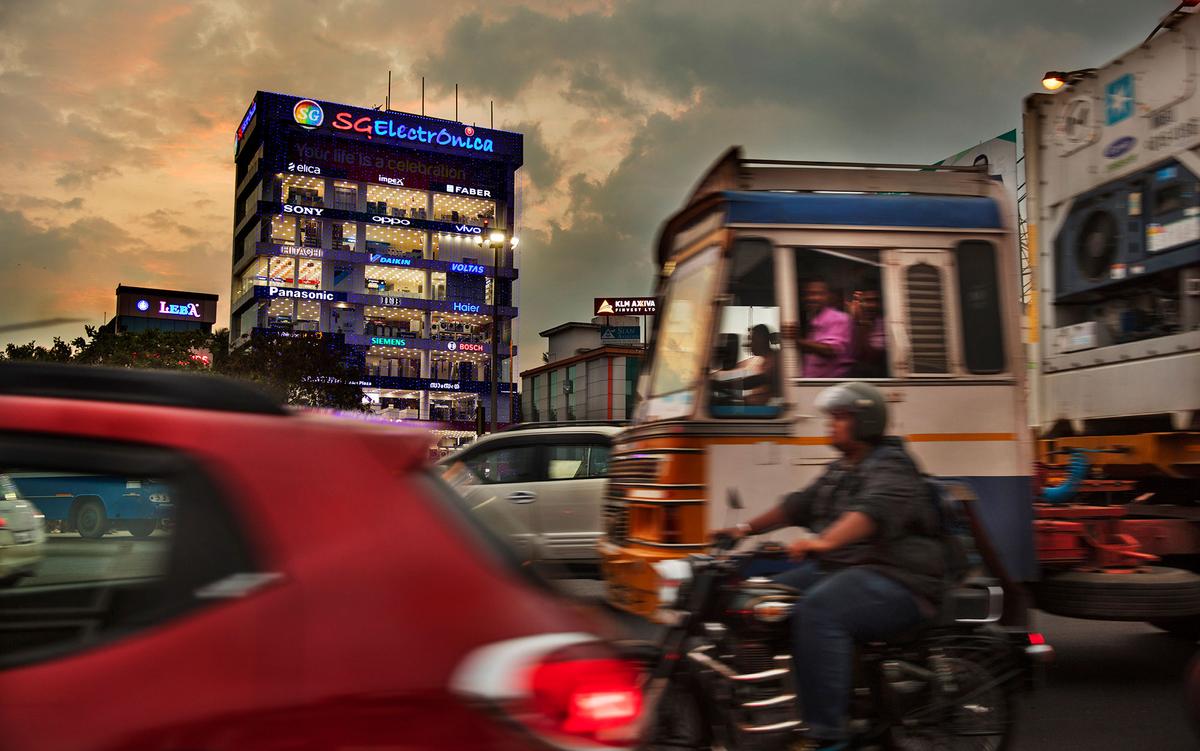How Kerala Got Rich

The Kerala Paradox: From Poverty to Prosperity, a Tale of Two Turnarounds
India's Unlikely Success Story: A Small State Defies Expectations
India, a vast union of diverse states, boasts populations that rival European nations. Yet, within this tapestry of cultures and economies, Kerala, a relatively small state nestled on India's southwestern coast, embarked on an extraordinary journey. In the 1970s, Kerala's per-capita income lagged significantly behind the national average, ranking it among India's poorest states. Decades later, a remarkable transformation unfolded – Kerala became one of India's richest regions, exceeding the national average by a substantial margin.
This unexpected success, dubbed the "Kerala Model," challenged conventional economic wisdom. It presented a compelling alternative to the prevailing neoliberal model, prioritizing human development – education, healthcare, and life expectancy – over mere economic growth.
The Kerala Model: Prioritizing People Over Profits
Even in its impoverished state, Kerala distinguished itself with exceptionally high literacy rates, robust healthcare systems, and impressive life expectancy. This "Kerala is different" phenomenon bewildered economists and intrigued social scientists. Leading scholars, such as Nobel laureate Amartya Sen, lauded Kerala's focus on human well-being as a key driver of its eventual economic success.
"Kerala vindicated the intuition... that health and education improved well-being and shaped economic change by enhancing choices and capabilities."
A Second Turnaround: From Stagnation to Surging Growth
Just when the Kerala Model seemed to be reaching its limits in the 1990s, a second, even more perplexing transformation occurred. Kerala's income growth not only caught up with but surpassed the national average. This surge, fueled by private investment, confounded expectations and highlighted the complex interplay of historical factors, global connections, and innovative policies.
The Four Pillars of Kerala's Success
Kerala's unique history played a pivotal role in its remarkable journey. Centuries of trade and migration, especially with West Asia, coupled with rich natural resources, nurtured a skilled and mobile workforce. This foundation, combined with a strong Leftist political movement, created a unique environment ripe for innovation and growth.
The Gulf Connection: Remittances and Reintegration
The oil booms of the 1970s spurred massive migration from Kerala to the Persian Gulf. The resulting remittances not only boosted consumption but also fueled investments in healthcare, education, hospitality, and tourism, further diversifying Kerala's economy.
The Left's Reinvention: Embracing the Market
The traditionally strong Leftist political movement in Kerala underwent a significant transformation, embracing private investment and decentralized governance. This pragmatic shift, a departure from its earlier focus on land reforms and trade unions, proved crucial in stimulating economic growth.
Challenges and Opportunities: Navigating the Future
Despite its remarkable progress, Kerala faces significant challenges. Environmental threats posed by climate change and overdevelopment, the burden of an aging population, and the persistent issue of educational quality demand innovative solutions.
While the future remains uncertain, Kerala's ability to adapt, innovate, and leverage its unique strengths will determine its continued success in balancing economic growth with human well-being.